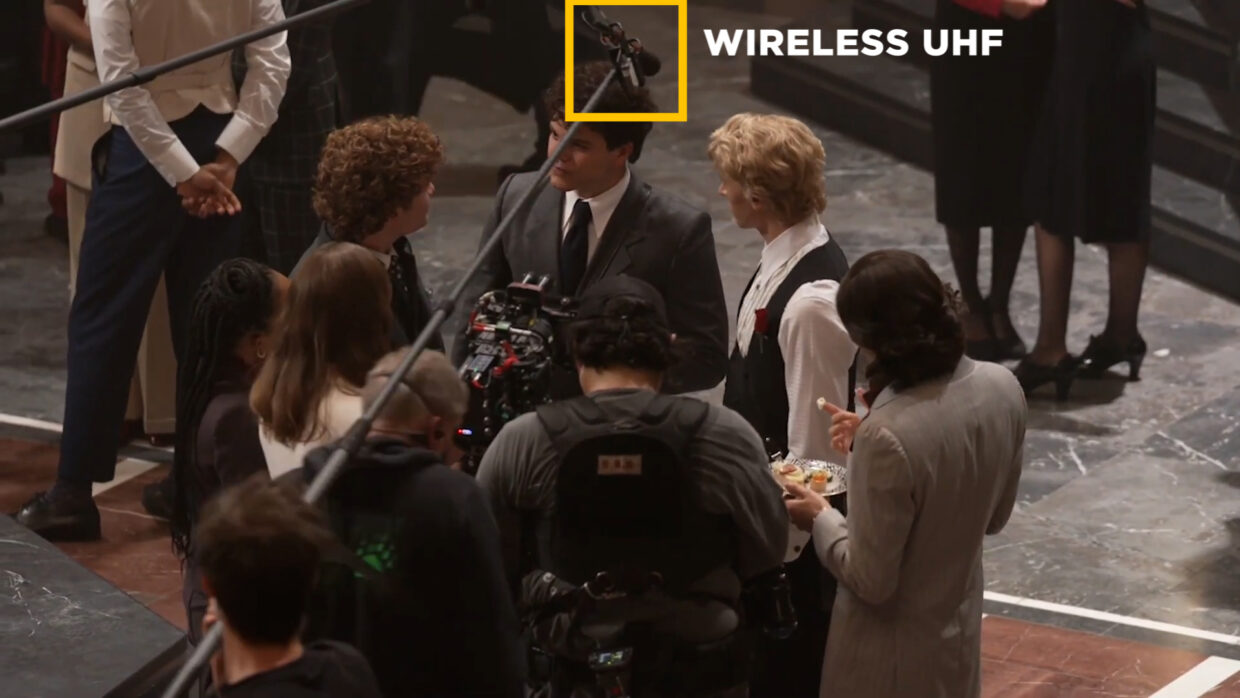
2.4Ghz audio isn’t on professional sets
2.4GHz is a powerful option for wireless audio transmission: it’s cost-effective and can get high-quality results.
But it’s NOT the professional standard.
Today, we explain UHF wireless microphones and why you should be using them on your shoots.
What is UHF?
In its simplest terms, “UHF” stands for ultra-high frequency and it’s commonly used to refer to wireless microphones that operate in the TV band.
UHF is a robust wireless audio signal that is less prone to interference, especially when compared to 2.4GHz.

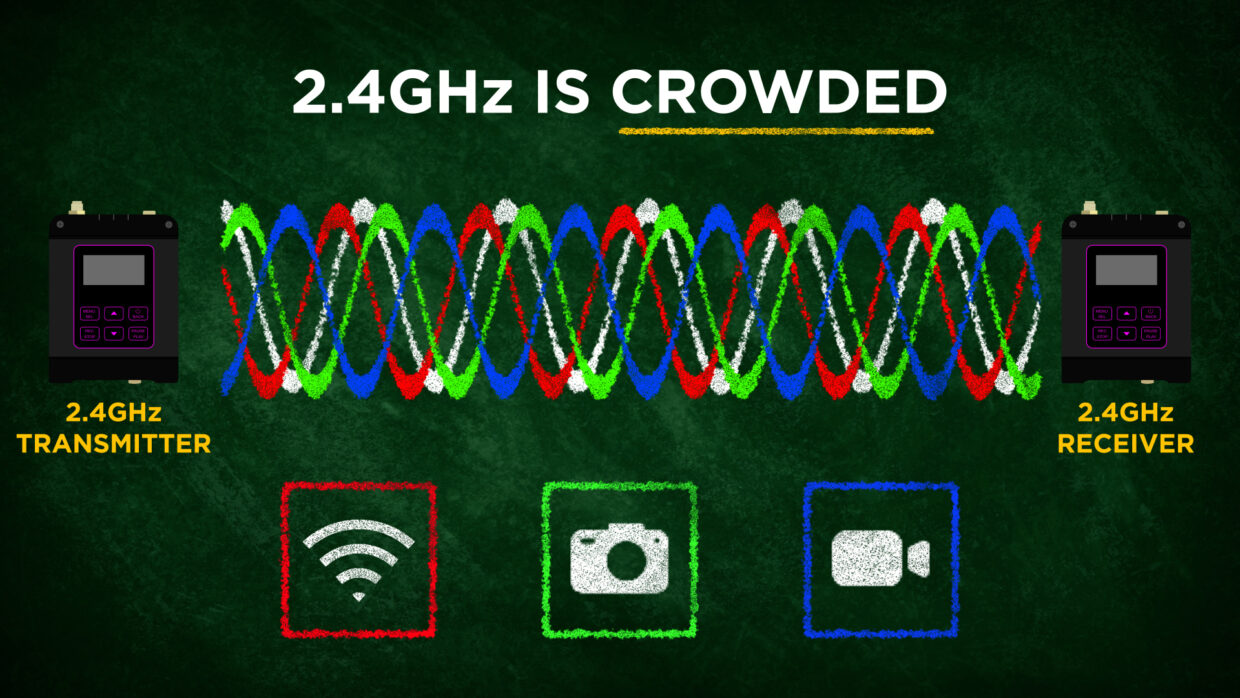
2.4GHz is Crowded
All wireless transmitters have to deal with other devices in their frequency bands and 2.4GHz is a particularly crowded space.
There are wireless routers, baby monitors, security cameras, and even microwaves.
Crowded = Unreliable
Crowded frequency bands result in dropouts, RF noise, and just generally unreliable audio.
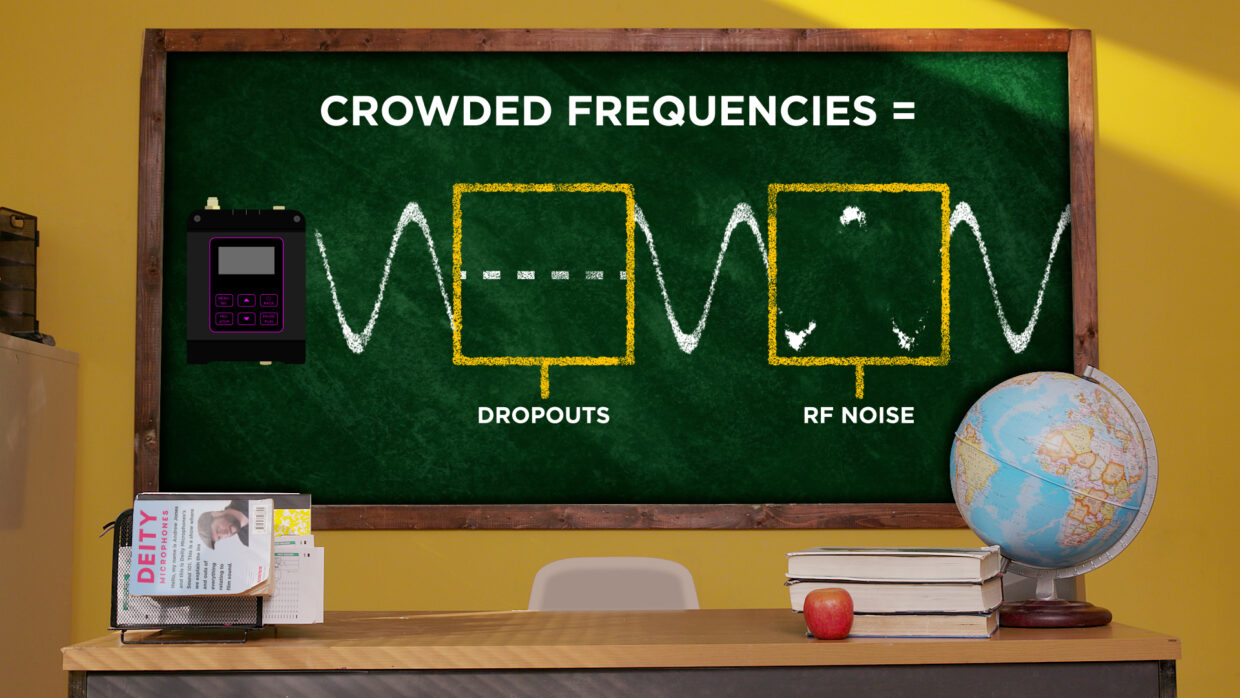

2.4GHz vs UHF Waveforms
Every wireless transmitter sends out radio waves that carry audio through the air.
Notice how the 2.4GHz signal has a higher frequency than the UHF one? This means, by the laws of physics, it also has a shorter wavelength.
The characteristics of these waves affect everything from their ability to travel long distances to how well they pass through objects.
2.4GHz has little penetration
Wireless signals with shorter wavelengths are more easily reflected or refracted and thus cannot penetrate denser objects like concrete, wood, or metal.
I.e. literally the building materials of every set you’ve ever been on…
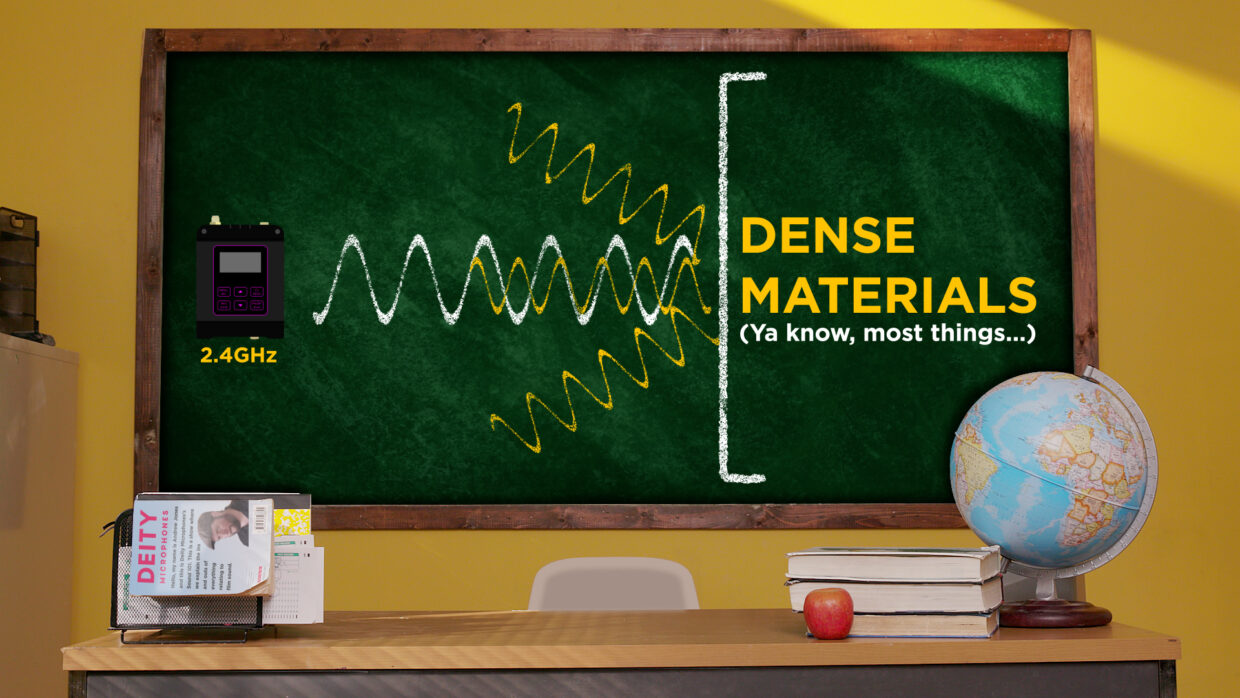

UHF can punch through most materials
UHF waveforms have a lower frequency and longer wavelength, allowing the signal to travel further and punch through objects more easily.
Bad frequencies can be avoided with UHF
The frequencies in the UHF band are less crowded by other devices – and those that are there, are easier to identify and avoid.
It’s as simple as doing a scan at the top of the day!
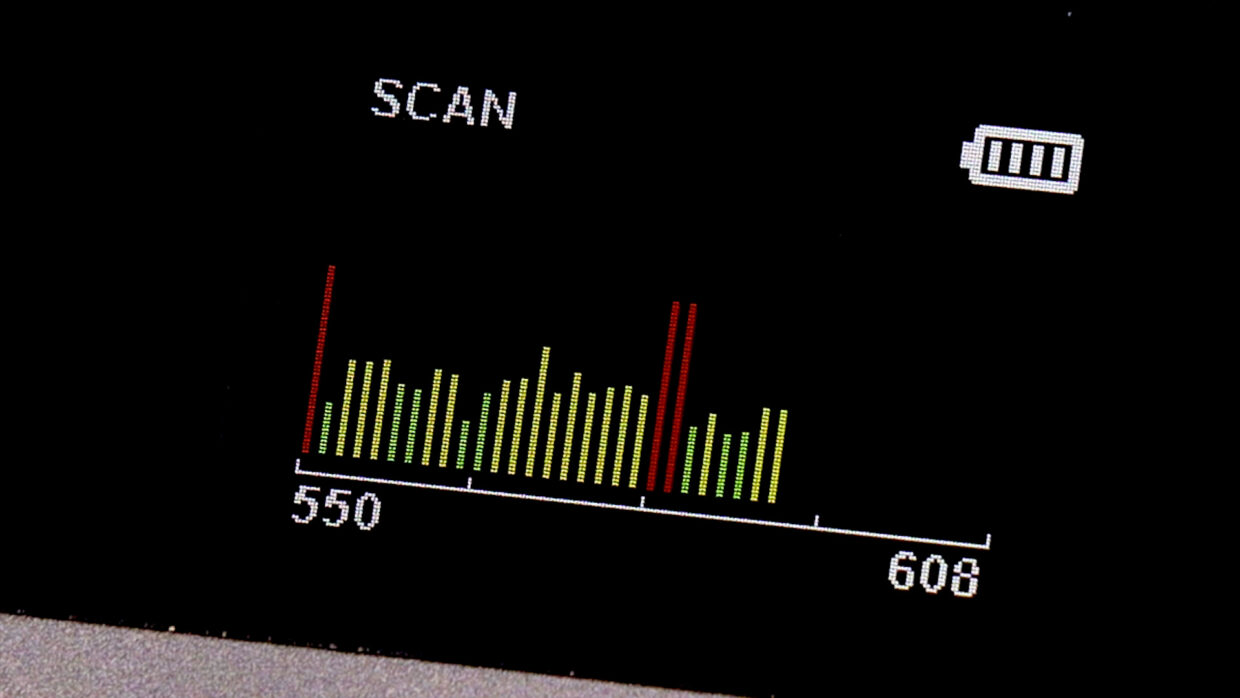
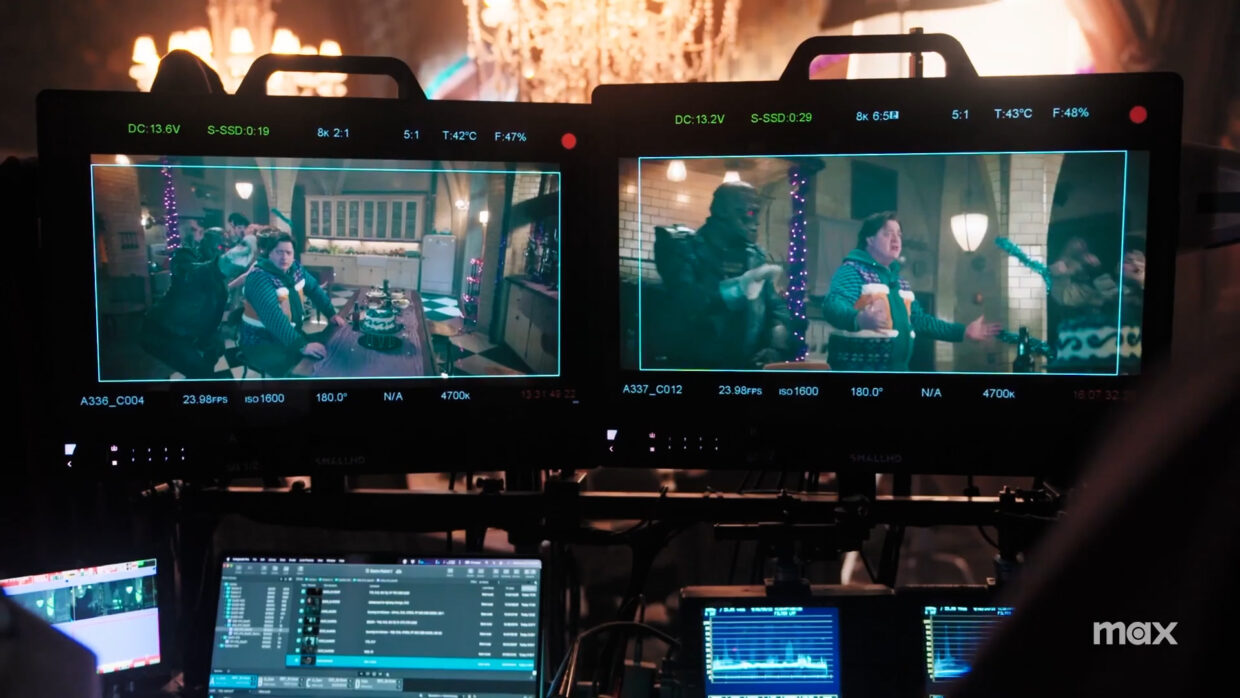
Do I need the extra penetration?
While on a professional set, your ability to capture clean audio from a distance without the worry of the signal being interfered with or cut off by the environment itself is critical.
Many film sets present you with a situation where you need to set up in a room next door to the actual shooting environment.
Wanna risk it? Hopefully, no.
You never know what material is going to end up between you and the actors on set so you need to be prepared.
UHF is robust and reliable in this scenario while 2.4GHZ may not cut it.
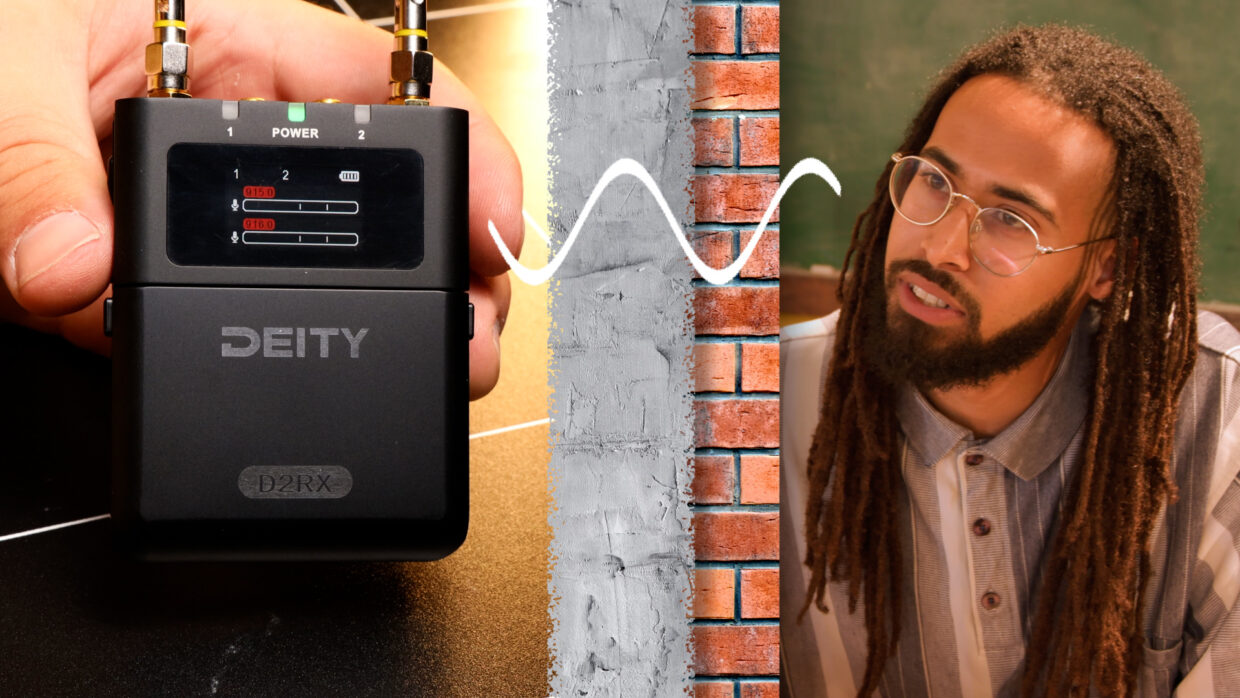

UHF Responsibilities
There are a limited number of frequencies available in the world for everyone to use.
Because of this, countries have designated specific frequency blocks for wireless microphones.
Understand local frequency laws
Every country has its own laws for UHF devices – some frequencies are available for everyone to use, while others may require a license or permit from that country.
The legal frequencies your device operates on are called its frequency band.
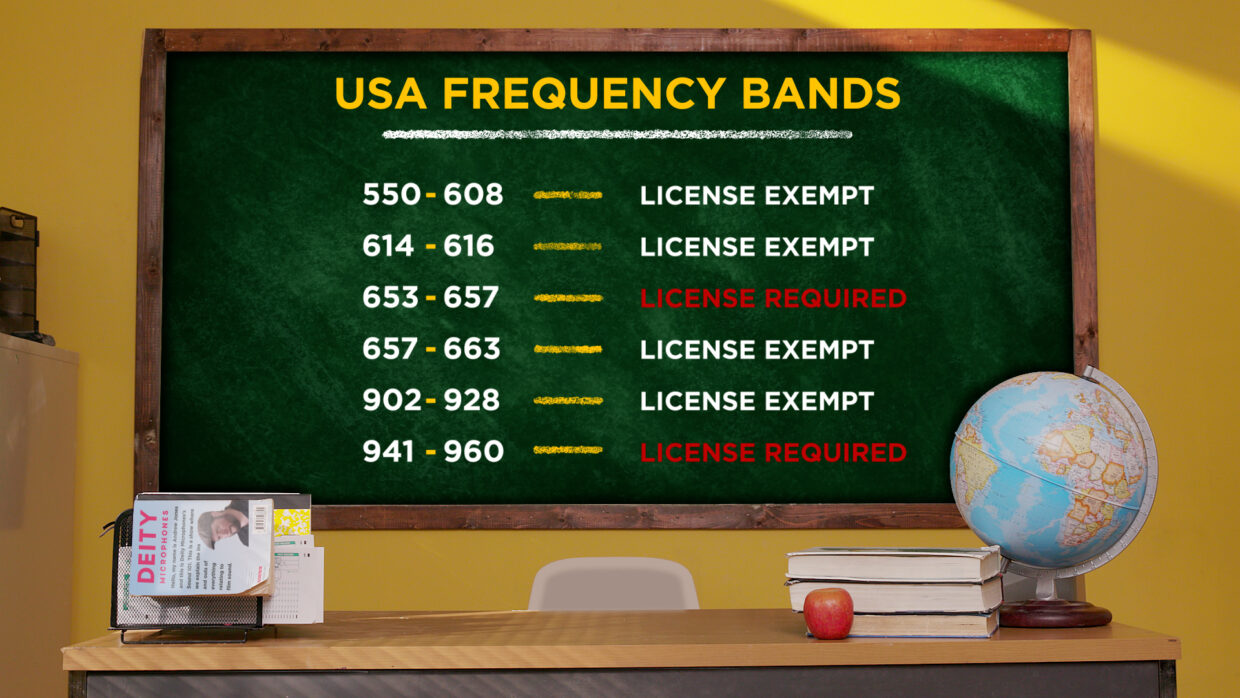
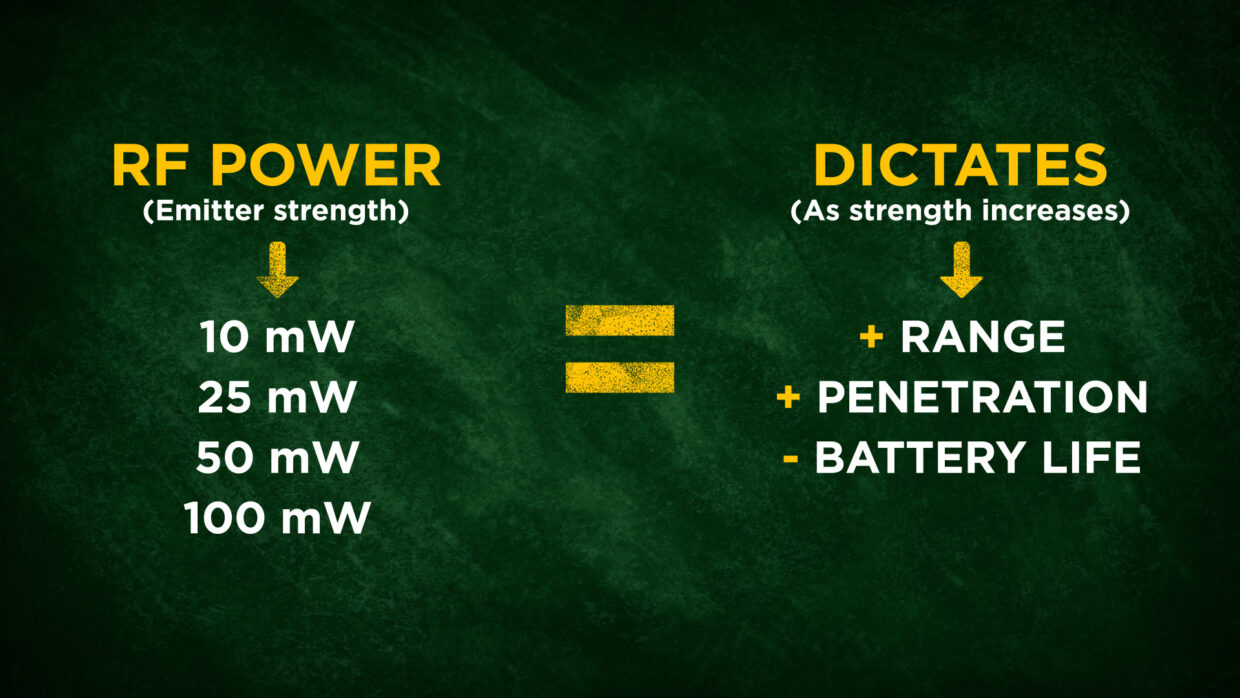
Understand local RF Power Laws
In addition, each country has regulations on RF power – that is the strength of your emitter, usually expressed in milliwatts.
The RF power generally dictates the range and penetrative ability of your transmission.
Traditional UHF Purchases
Traditionally, when you wanted to use UHF you would need to understand the RF parameters of the country, state, and even city that you were planning to shoot in.
Once you know the RF parameters, you would have to purchase a wireless microphone that operated in a frequency block that hopefully was not too crowded with local TV stations.
The tricky thing about this is that if you needed to travel to another country where your current wireless wasn’t legal, you would need to make a separate purchase all over again.
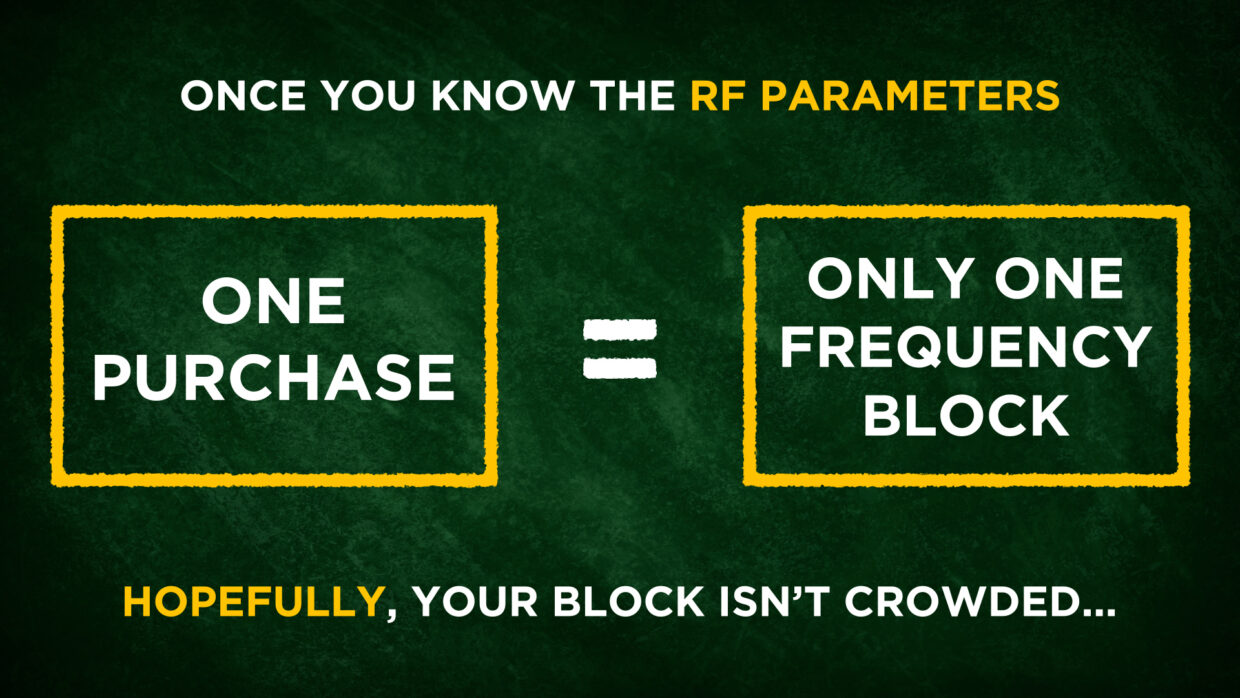

Deity THEOS changes all that
When you land in a new location and boot up the Sidus Audio app, it’ll automatically reconfigure your THEOS to comply with local rules and regulations.
Keeping you out of prison in Croatia.
Worldwide UHF
THEOS frees you up to use just one device anywhere in the world, keeping your costs down and allowing you to focus on your actual job – being a sound mixer.
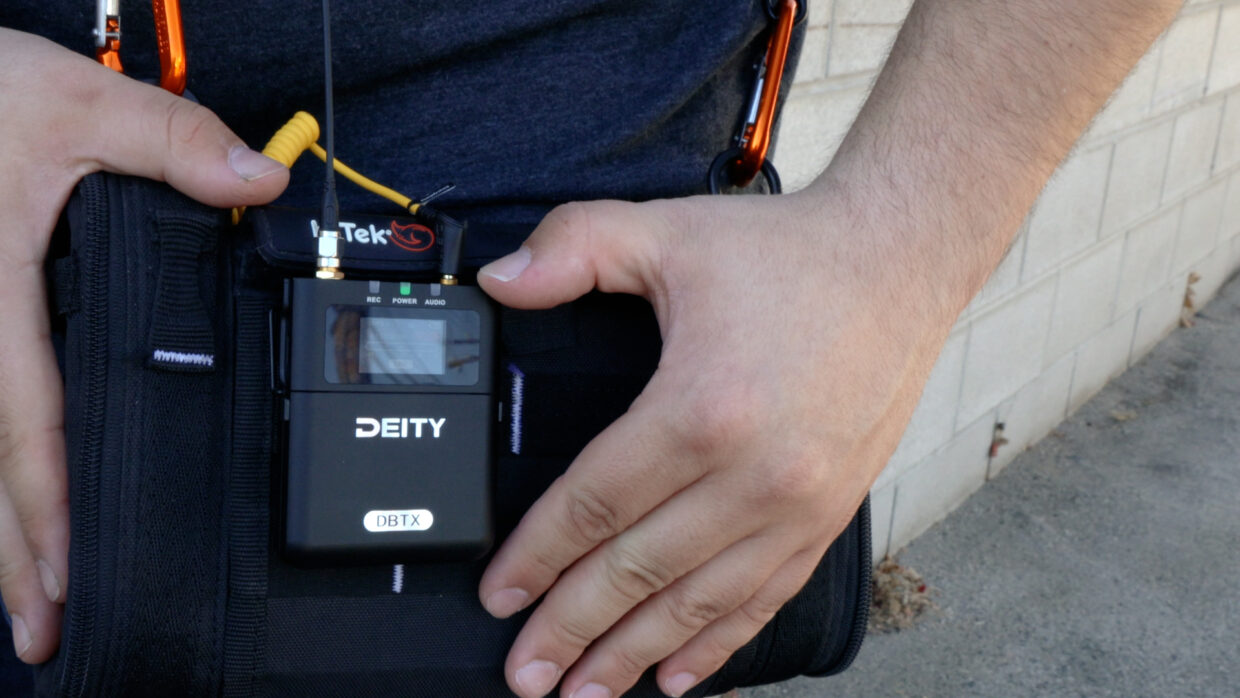
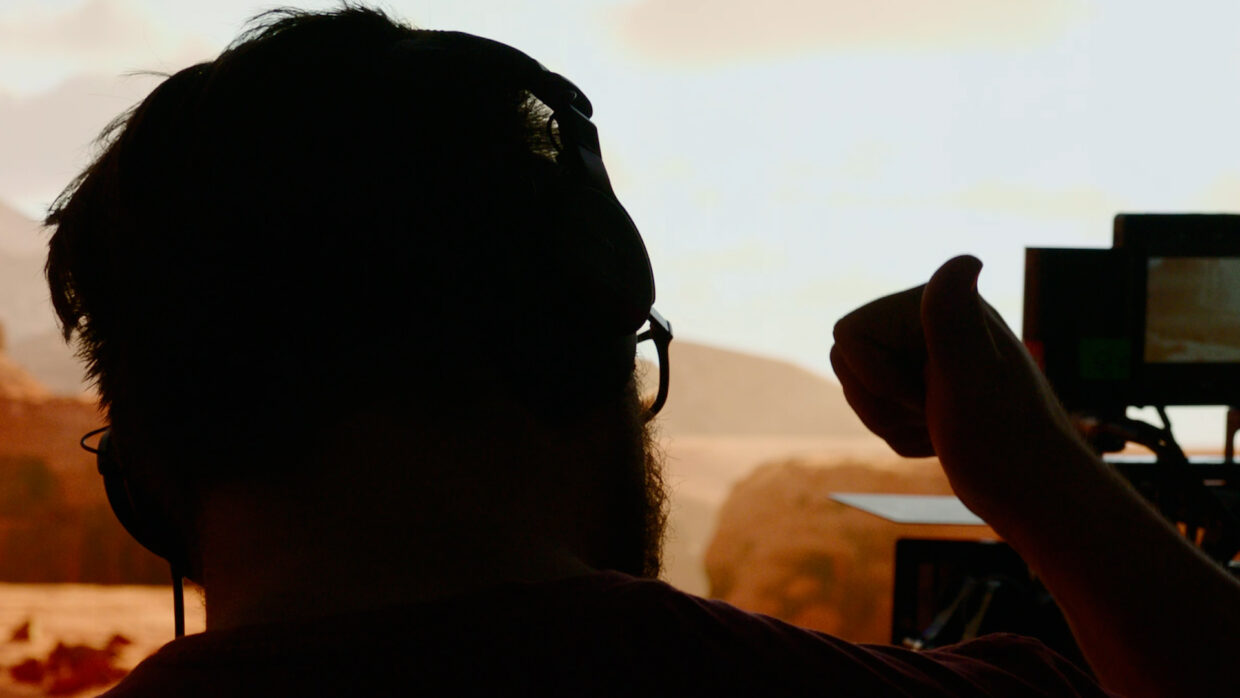
Happy shooting!
Hopefully, you now know a little bit more about UHF and why it’s the go-to for professionals!
For more production sound tips check out our YouTube channel where we have a whole bunch of other sound advice.